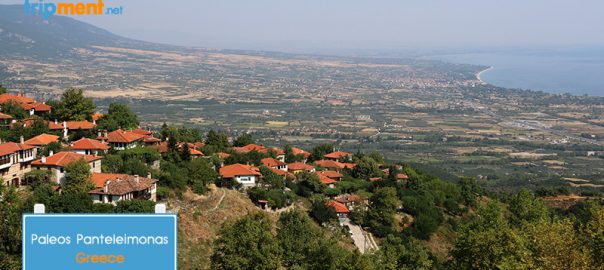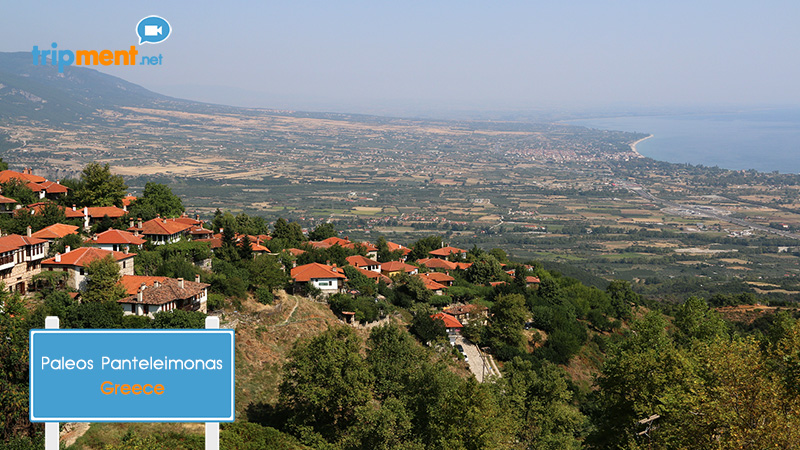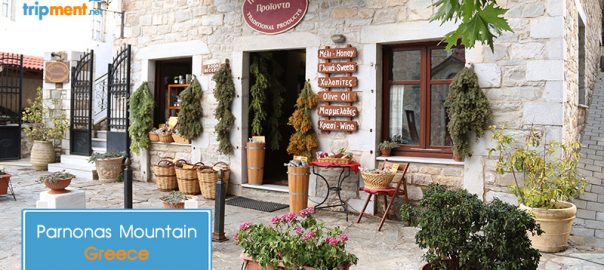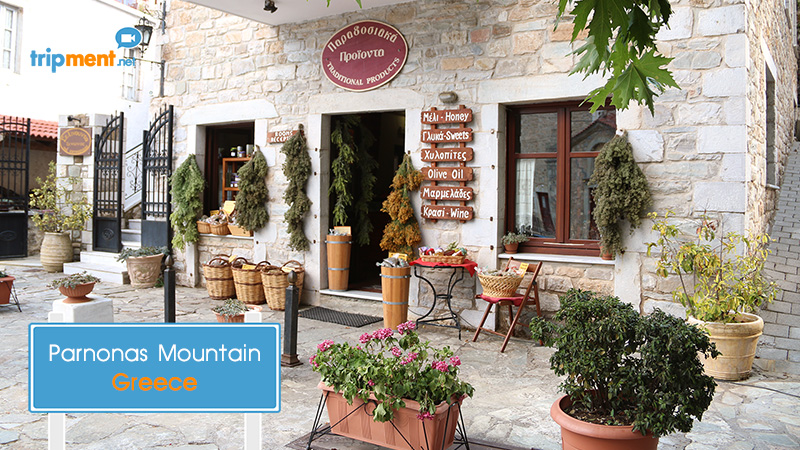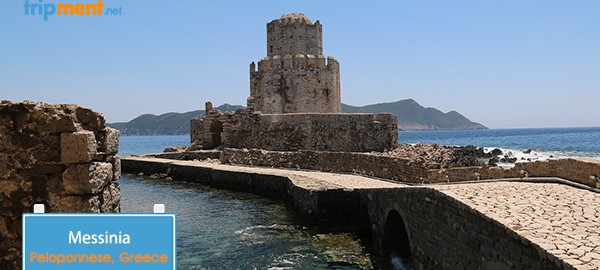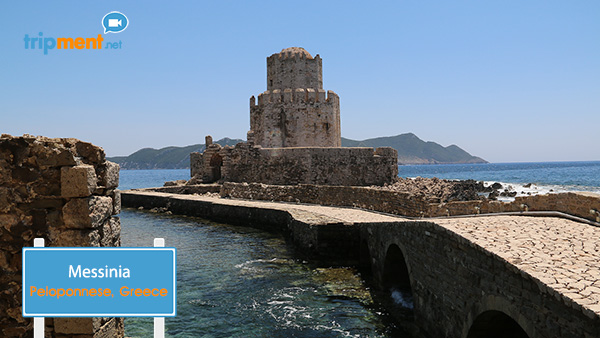December 27th, 2015. I’ve just spent Christmas in Aigio where I begin my trip to Karpenisi. A beautiful mountainous area of central Greece where I will show you some points of interest. I had visited this place with my parents when I was very young, but I can still picture the beautiful landscapes in my mind today. I remember that even though the city didn’t really leave an impression on me, the trip itself had left me with very fond memories.
![]()
- Karpenisi
Karpenisi is the capital of the Evrytania region. The city is deceiving because when you see it from above it looks very picturesque. Beneath the nice scenery, however, it is not the same as the concrete buildings spoil the charm of the tiled roofs. But it is unfair to forget that it is a city and to compare it with the surrounding traditional villages of the area. Also, when we were there the city was improving its infrastructure, as the main streets were being paved and as I recently read, these works completely changed the whole atmosphere of the city center. We visited Karpenisi only for shopping and to drink a coffee. - Velouchi Ski Center
For snow lovers, 11 km north is the Velouchi Ski Center, which has 18 slopes. Even if you do not want to ski, you can drink a coffee, although to be honest, the chalet is not the best I have visited. - Koryschades
A picturesque stone-built village with 44 residents which I really liked. The spacious square, the beautiful houses and the neat little shops create a very cozy atmosphere. In this village during the Second World War and after a secret ballot of representatives from most regions of Greece, the National Council of Free Greece was established. The building where the council assembled was a school, and today is the National Resistance Museum. - Klafsi
Klafsi was our base for the three days we stayed here. It is very picturesque and quiet, with a lovely small square, traditional cafes and nice taverns that, as I learned, attracts people from the surrounding villages. Its name, according to tradition, came from the tears that were shed by its inhabitants after a terrible disaster. - Mikro Chorio
Mikro Chorio is at an altitude of 950 meters on the slopes of Mount Chelidona. During WWII, it was one of the main headquarters of the National Resistance and it paid dearly for this, as it was burned three times by the Italians and the Germans. A large part of the population abandoned it in 1963 when big landslides on the northwestern slope destroyed a part of it and 13 residents were killed. After this, inhabitants established New Mikro Chorio just below and close to the Karpenisiotis River. - Megalo Chorio
It is located 14 kilometers before Karpenisi, and it’s a famous tourist destination. The well-preserved stone houses create a very picturesque setting. Megalo Chorio is a historic settlement, as it was the meeting place of the liberation forces during the Greek Revolution of 1821. It was built at an altitude of 720 meters on the slopes of Mount Kaliakouda and it is worth drinking a coffee in the square and enjoying the view of Mount Chelidona. - Prousos
Our first stop is at Prousos village, 30 km south of Karpenissi. There, we will visit the Monastery of Panagia Prousiotissa, a spiritual place of pilgrimage for the entire region. The monastery was built on a steep, rocky area full of firs. According to tradition, the monastery was named in 829 AD when, during the period of iconoclasm, the monks Dionysios and Timotheos brought the icon of the Holy Mary from Prousa in Asia Minor to protect it. Evidence shows that the monastery was founded between the 12th and 14th century. It is said that the picture was painted by Saint Luke and it is considered miraculous by the faithful. The history of the monastery is interesting as it was the headquarters of the Greek hero Karaiskakis during the Greek revolution, and also a large part was burned by the Germans on August 16th, 1944, as it was a hub of the resistance fighters. On this date they destroyed many artifacts, utensils, manuscripts and books, but fortunately not the valuable picture, which was placed in a vault. - Viniani
Viniani is a historic village built amphitheatrically on a hillside, with stone houses and magnificent views. An abandoned settlement, which was the capital of liberated Greece during the time of National Resistance. In March 1944, the Political Committee of National Liberation, or “Mountains Government”, was established here. In February of 1966 an earthquake caused damage to the village and was later evacuated as it was deemed uninhabitable due to the landslides. The historic village school turned into a museum, which hosts a photo exhibition of this period.
